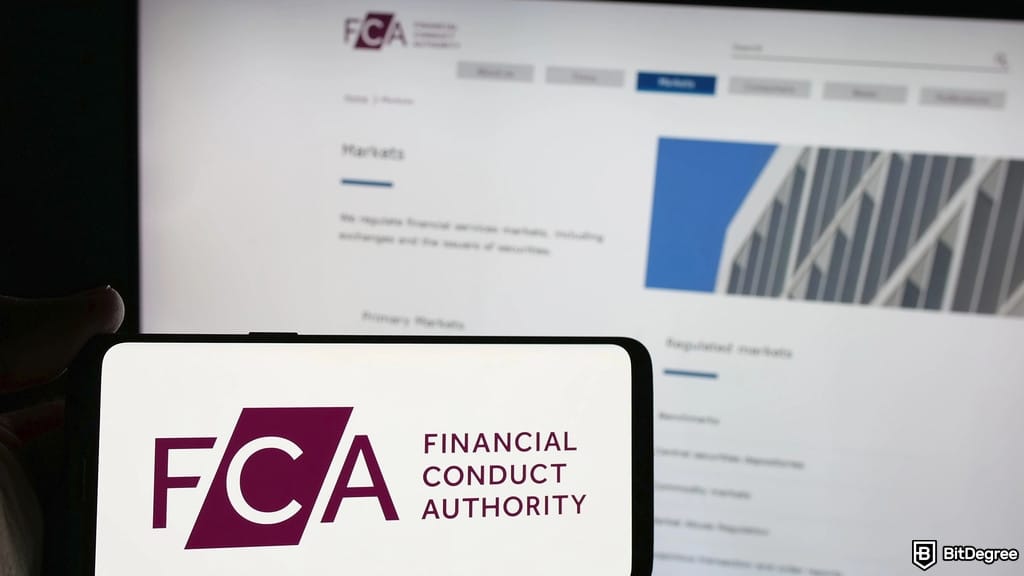Supply and Demand (a.k.a. Traffic Jams on Ethereum)
Ethereum’s network gets congested — a lot. With so many apps (like NFTs, DeFi, games) running on Ethereum, there’s only so much space for transactions. When everyone tries to use Ethereum at once, gas fees skyrocket.
Picture the highway at rush hour: too many cars (transactions), limited road space (block size), equals massive delays and frustration (high gas fees). This is why you sometimes see insanely high fees.
Thankfully, you’re not completely helpless. Here’s how you can easily pay less on Ethereum:
1. Time Your Transactions (Seriously, It Helps)
- Peak Hours (Avoid!): Usually weekdays, daytime hours (especially U.S. business hours).
- Off-Peak Hours (Sweet Spot!): Late nights, weekends — basically when fewer folks are using the network.
If you’re patient (I know, annoying), waiting a few hours can cut your gas fees by half or more.
2. Set Gas Fees Manually (Take Control)
When sending Ethereum, wallets usually suggest a default gas fee — but it’s not always the best deal. Use sites like GasNow.org or Etherscan to see current gas prices. Then, manually adjust your wallet’s gas fee. You might wait longer — but hey, cheaper fees.
3. Use Layer-2 Solutions (This Is a Game-Changer)
Layer-2 solutions (like Optimism, Arbitrum, or Polygon) handle transactions off Ethereum’s main network. Think of it as taking the express lane or side road to avoid traffic. Fees can drop from dollars to mere cents.
Yeah, it’s a bit technical, but worth figuring out — trust me. Most wallets now integrate seamlessly with Layer-2 solutions, so it’s easier than ever.







